Intel Core i5-14400F (C0 vs. B0)
For completeness of Intel Core i5-14400F processor tests we add the results of its second stepping. We’ve already tested the B0 variant, now it’s time for the C0. Its availability in stores is, at least at the moment, considerably worse and the question arises whether it is worth it at all. Is there any point in aiming for stepping C0 or is B0 also “okay”? Or does it “not matter” (what you get in the shopping lottery)?
Tests of various steppings in the popular Intel Core i5 1×400(F) processor series are already considered something of a tradition. After the 12400/F (C0 and H0), 13400/F (B0 and C0) models, there’s the 14400/F (B0 and C0) to round out the trio.
Intel Core i5-14400F (C0 vs. B0)
At the hardware level, the difference is that while stepping B0 is based on the Raptor Lake generation (produced by the Intel 7 Ultra process) and is built on a larger core with physically 8 P and 16 E cores, stepping C0 has a smaller “Alder Lake” silicon chip (Intel 7), which has the same number of (8) P cores, but with half the number (8) of E cores.
The processor stepping can be distinguished from each other at a glance by external features such as the S-Spec code (on the IHS of the processor itself and also listed on the barcode on the package label) or the SMD composition between the contacts on the bottom of the processor. Each of the steppings has this layout done differently, according to the needs of the chip itself.
The parameters of both Core i5-14400/F processor steppings are almost identical, including the size of the L2 cache, which is natively larger (2 MB) in the full Core i5-14400/F version (stepping B0). For the Core i5-14400/F, it is always limited to 1.25 MB as per the stepping C0 maximum. From the Raptor Lake Refresh generation, the full 2 MB (L2 cache) is retained only for Core i5 models that have only one stepping – B0. These are, for example, the 14600, the 14600K, the 14600KF and the 14600T.
A single stepping, but in this case C0, is also present in all Core i5-14500 variants (the K, the KF, the T and also the model without a letter at the end of the designation). The combination (of B0 and C0) also occurs with the Core i5 “400” series. The model 14400T, as well as the 14490F, is always C0, but with the 14400 and the 14400F, you’ll run into both of them (steppings). Although it should be noted that in current practice you rarely do and mostly get to the B0 variant.
Actually, there is the opposite situation as there was with the Core i5-13400F, where there were significantly fewer B0 variants. This could theoretically indicate a larger capacity of C0 wafers, which are already running out. Also, it doesn’t have to be the case, and the significant B0 production is now present, in short, because of the large amount of “waste” from the more powerful models that is being used en masse on the Core i5-14400F. However, this state of affairs may not be permanent and later Intel may revert to older wafers (C0) for the Core i5-14400(F) as well, but who knows. This is just such an internal speculation of ours.
The reality of today (as of the end of February 2024) is that for the Core i5-14400F model tested, there is a disproportion of C0 variants (there are significantly fewer of them) to B0 variants (the vast majority of production). The new thing compared to the last generation (Core i5-13400F) is that both steppings are sold as a “box” (i.e. with a cooler, retail), the Core i5-13400F stepping B0 is sold only as a “tray”. The order number of the Core i5-14400F (box) in the rarer “C0” form (S-Spec code SRN3R) is BX8071514400F (or CM8071505093011, tray) and for the Core i5-14400F (box) “B0” it’s BX8071514400F (S-Spec code SRN47), for the package without a cooler (tray) primarily intended for OEM builds, it’s CM8071504821113.
| Manufacturer | Intel | Intel | |
| Line | Core i5 | Core i5 | |
| SKU | 14400F (C0) | 14400F (B0) | |
| Codename | Raptor Lake Refresh | Raptor Lake Refresh | |
| CPU microarchitecture | Golden Cove (P) + Gracemont (E) | Golden Cove (P) + Gracemont (E) | |
| Manufacturing node | 7 nm | 7 nm | |
| Socket | LGA 1700 | LGA 1700 | |
| Launch date | 01/08/2024 | 01/08/2024 | |
| Launch price | 196 USD | 196 USD | |
| Core count | 6+4 | 6+4 | |
| Thread count | 16 | 16 | |
| Base frequency | 2.5 GHz (P)/1.8 GHz (E) | 2.5 GHz (P)/1.8 GHz (E) | |
| Max. Boost (1 core) | 4.7 GHz (P)/3.5 GHz (E) | 4.7 GHz (P)/3.5 GHz (E) | |
| Max. boost (all-core) | 4.1 GHz | 4.1 GHz | |
| Typ boostu | TB 2.0 | TB 2.0 | |
| L1i cache | 32 kB/core (P)/64 kB/core (E) | 32 kB/core (P)/64 kB/core (E) | |
| L1d cache | 48 kB/core (P)/32 kB/core | 48 kB/core (P)/32 kB/core | |
| L2 cache | 1,25 MB/core (P)/ 2×2 MB/4 cores (E) | 1,25 MB/core (P)/ 2×2 MB/4 cores (E) | |
| L3 cache | 1× 20 MB | 1× 20 MB | |
| TDP | 65 W | 65 W | |
| Max. power draw during boost | 148 W (PL2) | 148 W (PL2) | |
| Overclocking support | No | No | |
| Memory (RAM) support | DDR5-4800/DDR4-3200 | DDR5-4800/DDR4-3200 | |
| Memory channel count | 2× 64 bit | 2× 64 bit | |
| RAM bandwidth | 76.8 GB/s/51,2 GB/s | 76.8 GB/s/51,2 GB/s | |
| ECC RAM support | No | No | |
| PCI Express support | 5.0/4.0 | 5.0/4.0 | |
| PCI Express lanes | ×16 (5.0) + ×4 (4.0) | ×16 (5.0) + ×4 (4.0) | |
| Chipset downlink | DMI 4.0 ×8 | DMI 4.0 ×8 | |
| Chipset downlink bandwidth | 16.0 GB/s duplex | 16.0 GB/s duplex | |
| BCLK | 100 MHz | 100 MHz | |
| Die size | ~209 mm² | ~257 mm² | |
| Transistor count | ? bn. | ? bn. | |
| TIM used under IHS | Solder | Solder | |
| Boxed cooler in package | Intel Laminar RM1 | Intel Laminar RM1 | |
| Instruction set extensions | SSE4.2, AVX2, FMA, SHA, VNNI (256-bit), GNA 3.0, VAES (256-bit), vPro | SSE4.2, AVX2, FMA, SHA, VNNI (256-bit), GNA 3.0, VAES (256-bit), vPro | |
| Virtualization | VT-x, VT-d, EPT | VT-x, VT-d, EPT | |
| Integrated GPU | N/A | N/A | |
| GPU architecture | – | – | |
| GPU: shader count | – | – | |
| GPU: TMU count | – | – | |
| GPU: ROP count | – | – | |
| GPU frequency | – | – | |
| Display outputs | – | – | |
| Max. resolution | – | – | |
| HW video encode | – | – | |
| HW video decode | – | – |
- Contents
- Intel Core i5-14400F (C0 vs. B0)
- Methodology: performance tests
- Methodology: how we measure power draw
- Methodology: temperature and clock speed tests
- Test setup
- 3DMark
- Assassin’s Creed: Valhalla
- Borderlands 3
- Counter-Strike: GO
- Cyberpunk 2077
- DOOM Eternal
- F1 2020
- Metro Exodus
- Microsoft Flight Simulator
- Shadow of the Tomb Raider
- Total War Saga: Troy
- Overall gaming performance
- Gaming performance per euro
- PCMark and Geekbench
- Web performance
- 3D rendering: Cinebench, Blender, ...
- Video 1/2: Adobe Premiere Pro
- Video 2/2: DaVinci Resolve Studio
- Graphics effects: Adobe After Effects
- Video encoding
- Audio encoding
- Broadcasting (OBS and Xsplit)
- Photos 1/2: Adobe Photoshop and Lightroom
- Photos 2/2: Affinity Photo, Topaz Labs AI Apps, ZPS X, ...
- (De)compression
- (De)encryption
- Numerical computing
- Simulations
- Memory and cache tests
- Processor power draw curve
- Average processor power draw
- Performance per watt
- Achieved CPU clock speed
- CPU temperature
- Conclusion





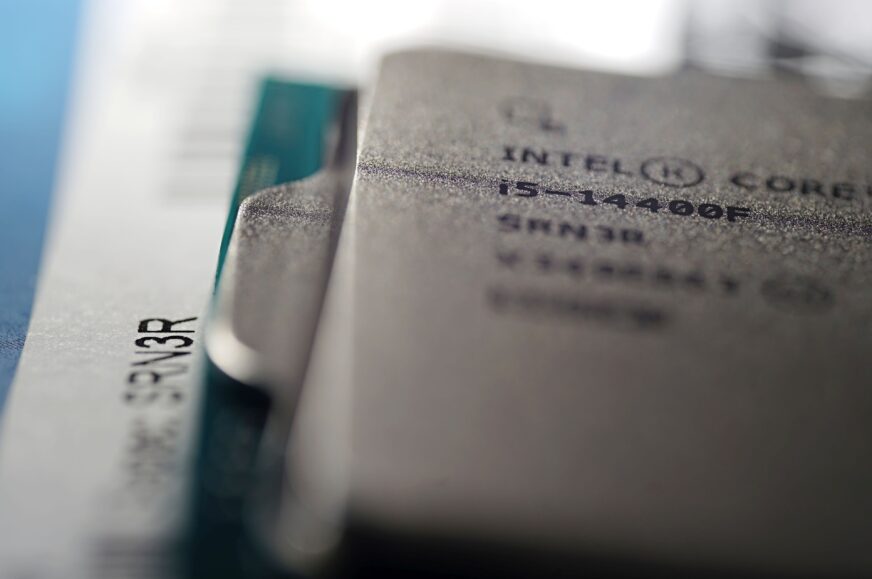
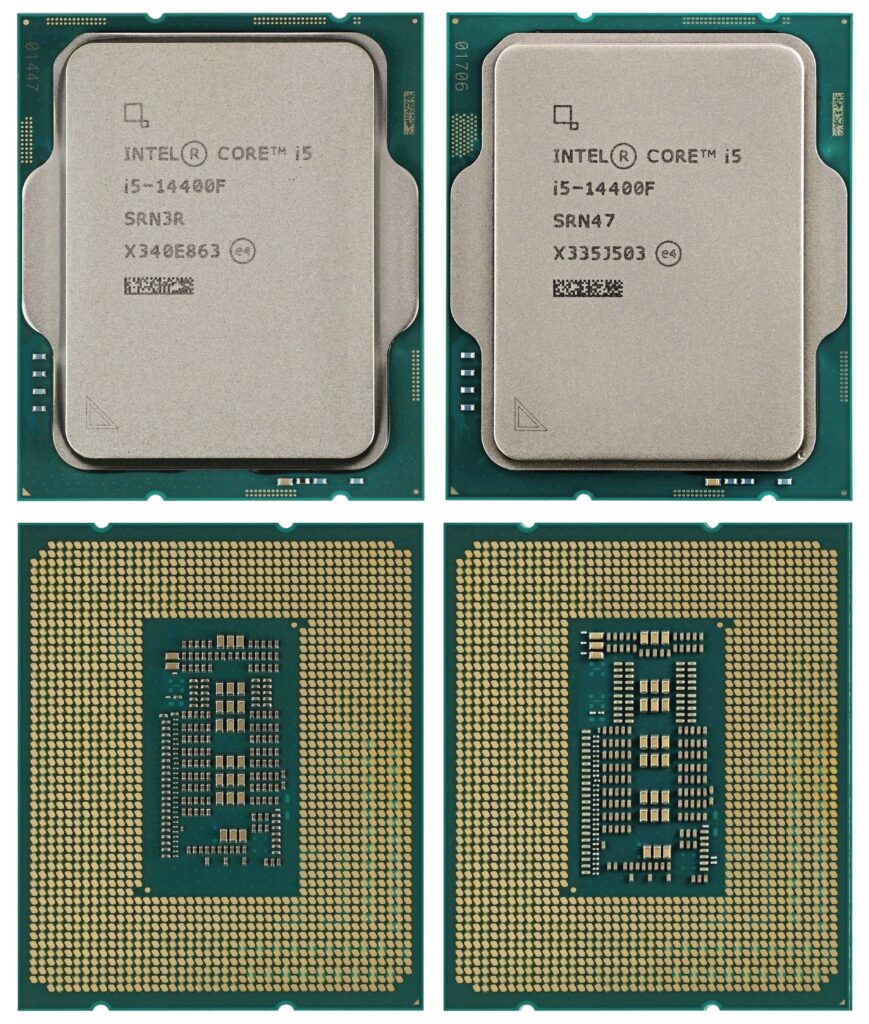
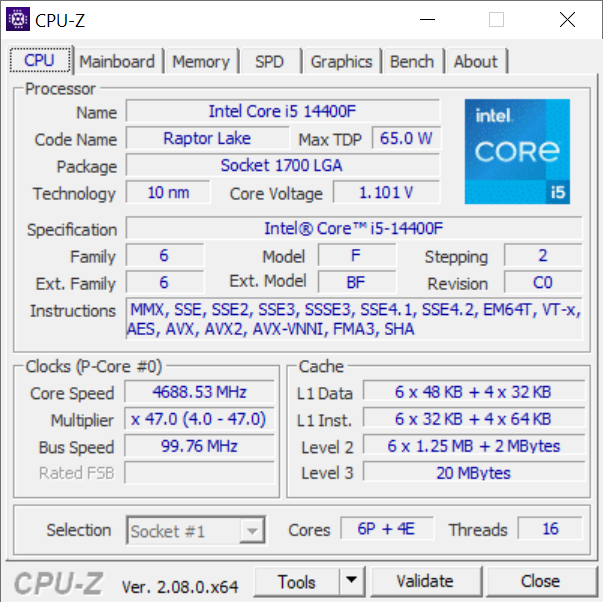
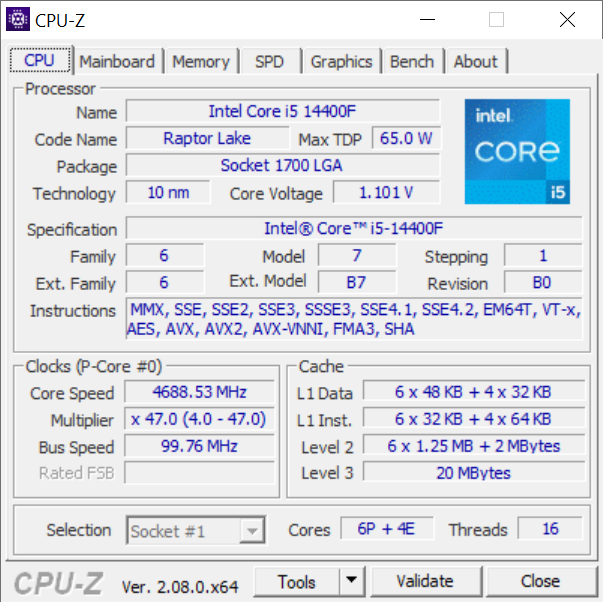
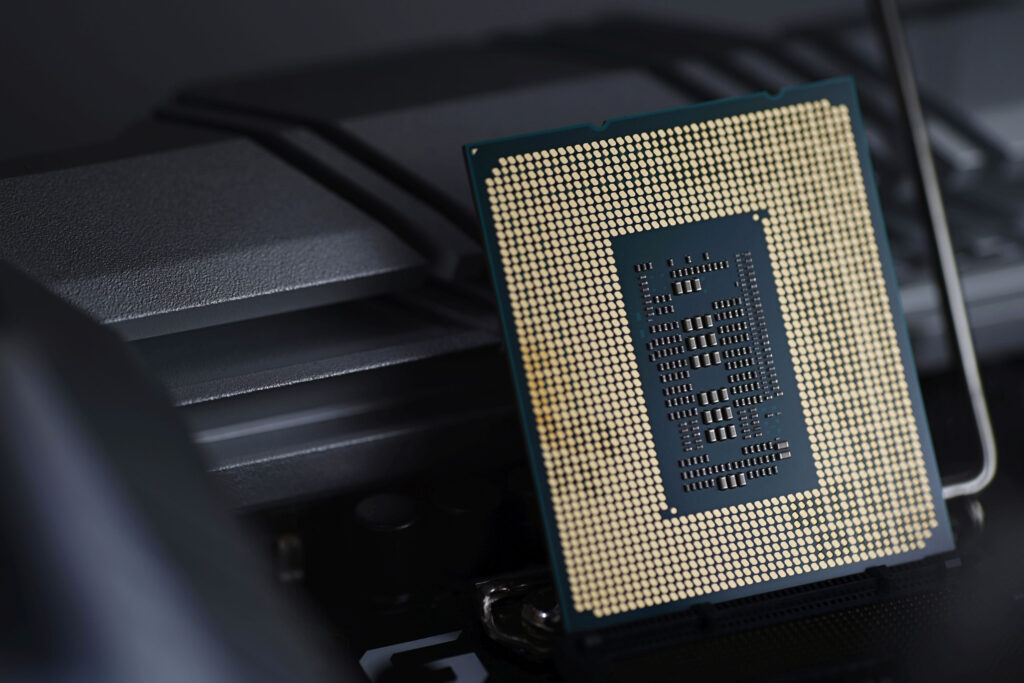



What is the explanation of the occasional erratic results? For instance, the first results for 3D mark: 14400F performs 6x better there than 14900k (and everything else)! I noticed similar weird results for multiple other tests as well. For example, in several graphics tests (gpu-based?), 12100 was the fastest one.
There may be several reasons. For a deeper analysis it is necessary to have an overview of the activity of all cores and the consumption for specific tests. We have this only for selected tests, for all tests it is impossible with such a large subset (of tests). We do not even do some tests for Intel processors with little and big cores and we do not include them in the graphs, because we know that the processor is not fully loaded and for example only little cores are used (there are boxes with a warning about this in all the result chapters that are concerned). In such cases we would, of course, measure significantly higher speed with the Ci3-12100F (with four P cores) than Ci5-14400F (with four E cores). In some subtests, the behavior with poor utilization of the P cores definitely occurs, and for example this can explain the things you are asking about. But of course there may be more explanations, and it is not possible to deal with every single situation in such a range of tests, and we can only speculate on the results in this way. 🙂
PS: Some, typically very short tests, are also affected by the speed with which a given processor can react to a change in CPU core(s) clock speeds (e.g. in a single-threaded load).